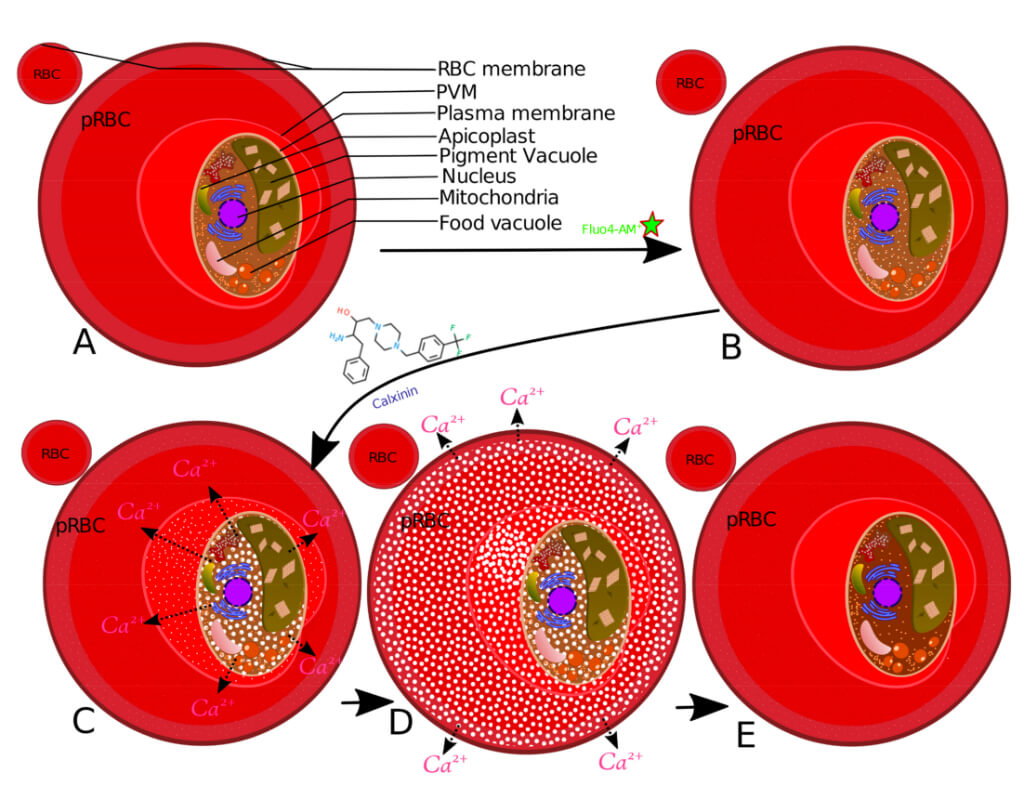HANSRAJ COLLEGE
University of Delhi
NAAC Grade A++ with CGPA 3.71 NIRF Rank # 12 (Amongst Colleges)University of Delhi
NAAC Grade A++ with CGPA 3.71 NIRF Rank # 12 (Amongst Colleges)1. Hydroxyethylamine-based piperazine compounds, and methods of producing and using the same for treating disease
Brijesh Rathi, Prakasha Kempaiah, Agam P Singh, Snigdha Singh, Yash Gupta, Neha Sharma, Ravi Durvasula.
Malaria elimination urgently needs novel antimalarial therapies that transcend resistance, toxicity, and high costs. Our multicentric international collaborative team focuses on developing multistage antimalarials that exhibit novel mechanisms of action. Here, we describe the design, synthesis, and evaluation of a novel multistage antimalarial compound, ‘Calxinin’. A compound that consists of hydroxyethylamine (HEA) and trifluoromethyl-benzyl-piperazine. Calxinin exhibits potent inhibitory activity in the nanomolar range against the asexual blood stages of drug-sensitive (3D7), multidrug-resistant (Dd2), artemisinin-resistant (IPC4912), and fresh Kenyan field isolated Plasmodium falciparum strains. Calxinin treatment resulted in diminished maturation of parasite sexual precursor cells (gametocytes) accompanied by distorted parasite morphology. Further, in vitro liverstage testing with a mouse model showed reduced parasite load at an IC50 of 79 nM. A single dose (10 mg/kg) of Calxinin resulted in a 30% reduction in parasitemia in mice infected with a chloroquine resistant strain of the rodent parasite P. berghei. The ex-vivo ookinete inhibitory concentration within mosquito gut IC50 was 150 nM. Cellular in vitro toxicity assays in the primary and immortalized human cell lines did not show cytotoxicity. A computational protein target identification pipeline identified a putative P. falciparum membrane protein (Pf3D7_1313500) involved in parasite calcium (Ca2+) homeostasis as a potential Calxinin target. This highly conserved protein is related to the family of transient receptor potential cation channels (TRP-ML). Target validation experiments showed that exposure of parasitized RBCs (pRBCs) to Calxinin induces a rapid release of intracellular Ca2+ from pRBCs; leaving de-calcinated parasites trapped in RBCs. Overall, we demonstrated that Calxinin is a promising antimalarial lead compound with a novel mechanism of action and with potential therapeutic, prophylactic, and transmission-blocking properties against parasites resistant to current antimalarials.

2. Neha Sharma, Brijesh Rathi, Agam P Singh “Novel Antiparasitic Agents Based on Piperazine and Uses thereof” (Patent Filed; Application No. 202011043767; 08 October 2020).
3. Steven Bradfute, Brijesh Rathi, Yash Gupta, Poonam, Ravi Durvasula, Prakasha Kempaiah “Calxinin Compositions and Method for Treating Viral Infections" (PCT/US22/26943; April 29, 2022).
4. Zoltner Martin, Zahedifard Farnaz, Brijesh Rathi, Neha Sharma, Meenakshi Bansal “Phthalimide-based substances with antiprotozoal activity and their use in therapy” (Czech patent application number, PV 2021-408; 03 September 2021).